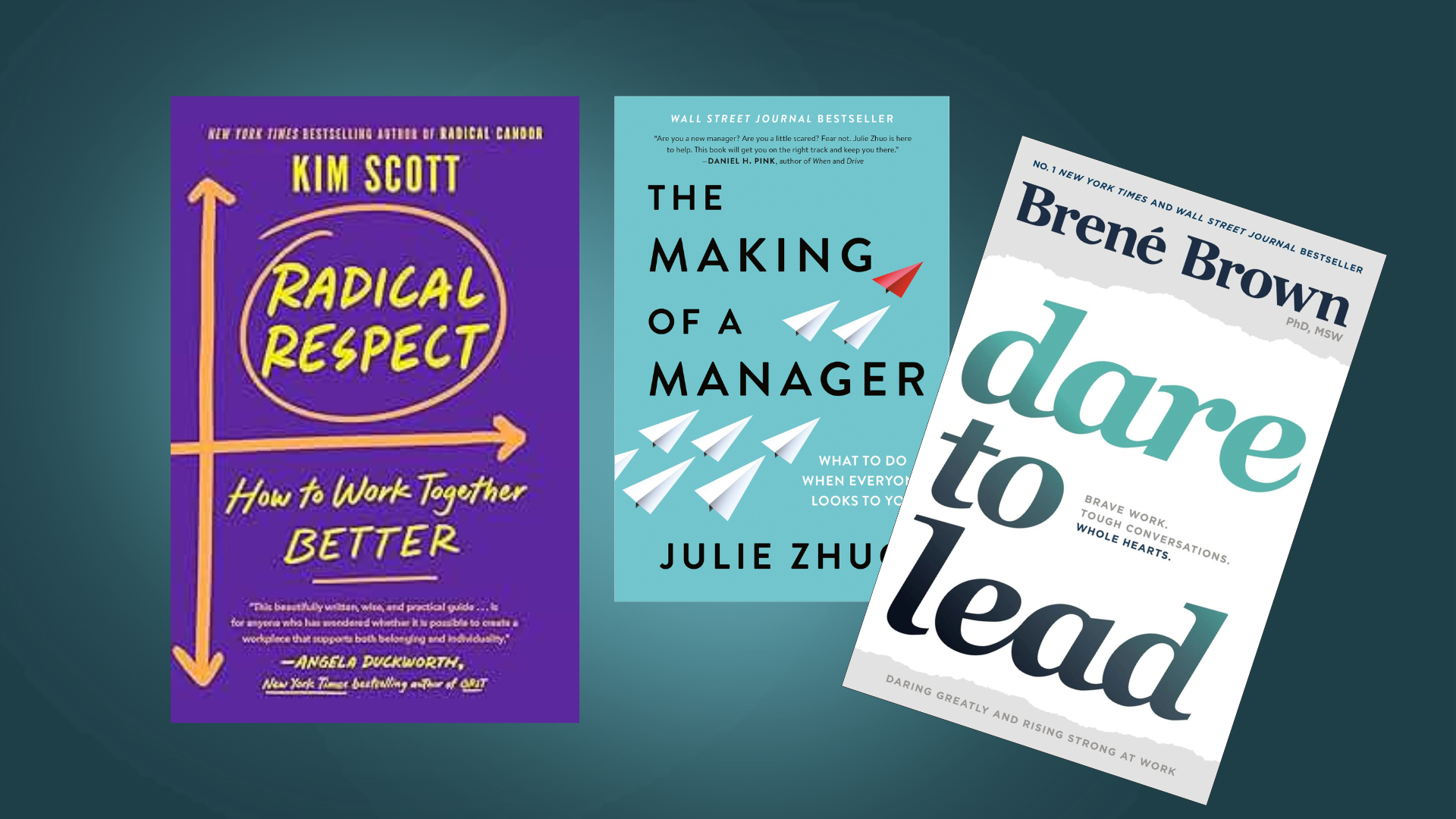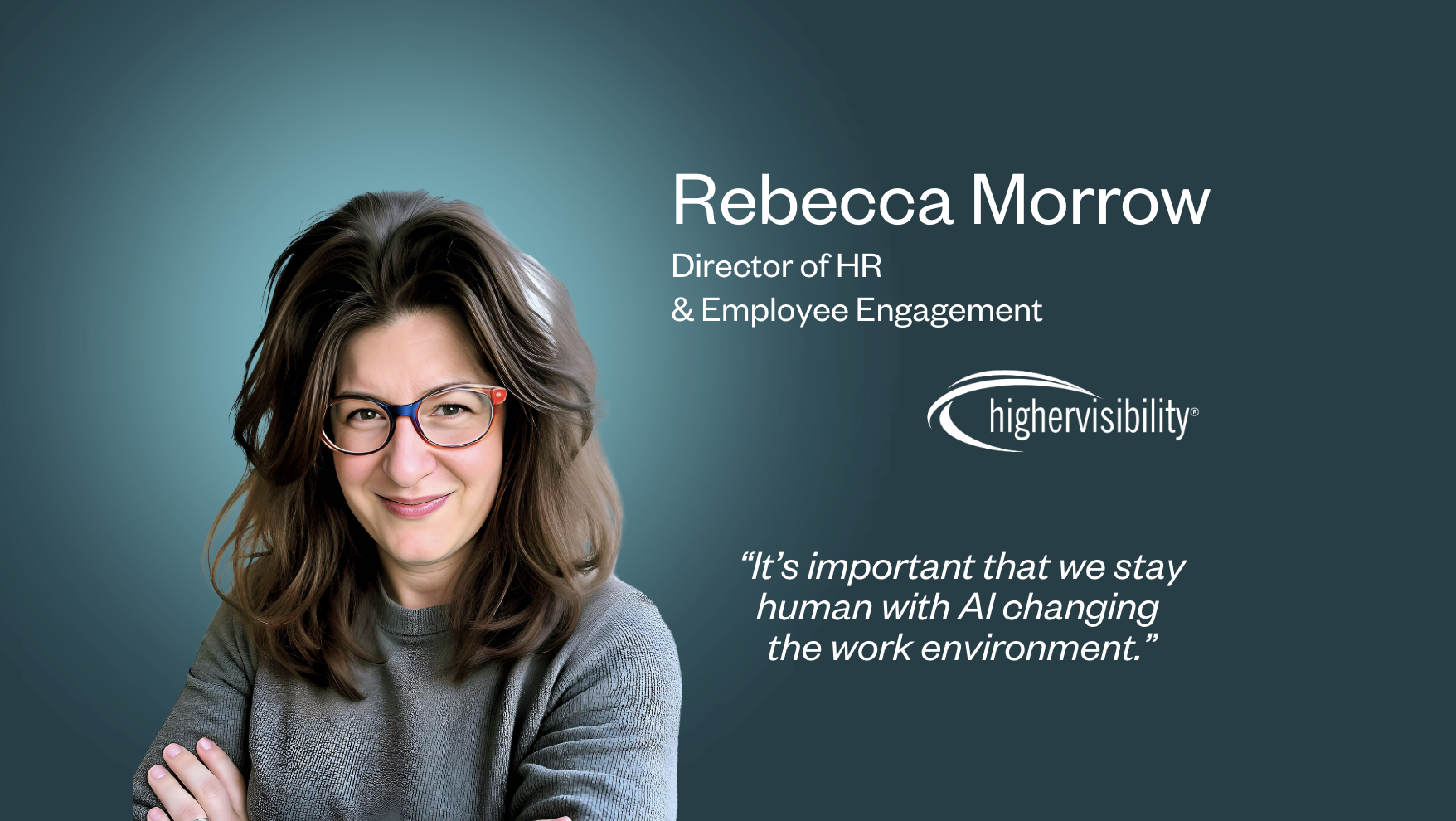In 2020, companies spent $357.7 billion globally on Learning and Development (“L&D”) 1, yet 75% of employees believe that the training they receive does not improve their performance 2. A 2018 study by Gartner found that 70% of employees feel they do not have the necessary skills to do their job 3.
This would imply that the majority of the money companies spend on training is a waste. Where is the disconnect?
Most often, decisions around L&D rest with a central function because they feel that they know where their employees’ skills gap lies. They fail to factor in that employees are the primary key to their own learning. When employees are empowered to have a say in their own development, they are more motivated to learn, and L&D spend is more impactful. Without employee buy-in, chances are that commitment towards learning will be low.
How can companies empower their employees to take charge of their learning in an impactful way?
Personalise the experience
When it comes to personal development, there is no one-size-fits-all. Learning needs differ based on an individual’s experience, seniority, motivations, interests, profile. Personalising L&D to individuals is more impactful. One-on-one coaching, or providing employees with a library of digital courses to choose from, are ways companies can personalise their L&D.
Digitalise learning
Online learning works best for today’s workplaces, and 60% of employees prefer self-paced learning 4. Instead of signing up employees for an hour long in-person training session, give them access to online learning resources and content. This ensures that employees have flexibility over when and where they learn as well as offering a variety of tools to address their unique needs.
Seek employee feedback
To ensure that training is aligned with employee expectations, ask for their input. You can do this through company wide surveys or focus group discussions. This feedback can help improve the impact of L&D practices.
Take a collaborative approach
While this may already be part of the process, it is important to have a strong collaboration between managers and L&D professionals to make available to employees the most impactful development tools.
To keep up with the ever-evolving business landscape, companies need to equip their employees with skills and resources. One-to-one coaching takes into account the individual’s experience levels, strengths, motivations and their unique career paths. This is a great way to empower employees to be proactive with their development and to also ensure long-term success of both the individual and their companies.
1 Statista. (2021). Market size of the global workplace training industry from 2007 to 2020. [online]
2 Smet, A.D., Mcgurk, M. & Schwartz, E., 2018. Getting more from your training programs. McKinsey & Company.
3 Anon, 2018. Setting L&D leaders up for success – human resources. Gartner.
4 Lefkowitz, R. and Pate, D. (2918). 2018, Workplace Learning Report The Rise and Responsibility of Talent Development in the New Labor Market. [online] Linkedin Learning.



